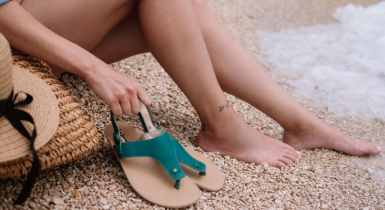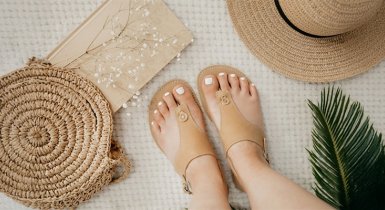Elevate Your Fitness Game with Barefoot Sports Shoes
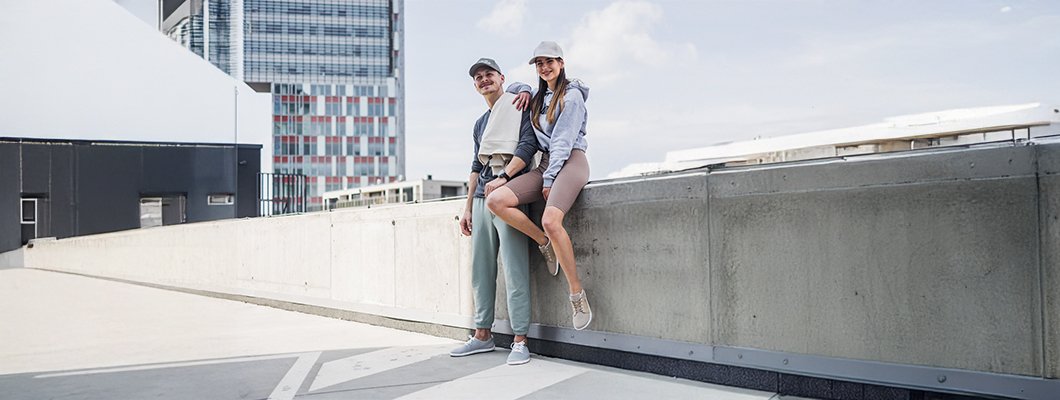
Why leave the benefits of barefoot movement at yoga class? With the right barefoot sports shoes, you can train stronger, balance better, and move naturally — whether you’re lifting, running, or stretching. Here’s how to choose well, why it matters, and which Be Lenka models deliver top performance and comfort.
Table of contents
- How to choose the right barefoot sports shoes
- Top reasons to train in barefoot shoes
- Be Lenka barefoot shoes for an active lifestyle
- ActiveGrip: The secret to barefoot stability
- Precautions when switching to barefoot training
How to choose the right barefoot sports shoes
When buying barefoot sports shoes, don’t rely on marketing slogans — many brands label shoes “barefoot” even if they fail to meet true anatomical criteria. Genuine barefoot shoes always share six key attributes:
- Anatomical shape with a wide toe box: Your toes must have space to spread and stabilize each movement, just like your fingers do when you grasp an object. Narrow fronts limit balance and power.
- Lightweight construction: Every gram counts during training. Minimal weight reduces fatigue and keeps your stride natural.
- Flexible, ultra-thin sole: A 4–6 mm sole allows perfect ground feedback, activating nerve endings that support reflexes and balance.
- Breathable, durable materials with removable insoles: Proper ventilation prevents odor and bacteria buildup after intense sessions.
- No arch support or overpadding: Your foot’s muscles are its best suspension system. Thick foam and artificial arches make them passive.
- Zero-drop design: Heel and toes stay level for neutral body alignment, balanced load, and healthy joints.
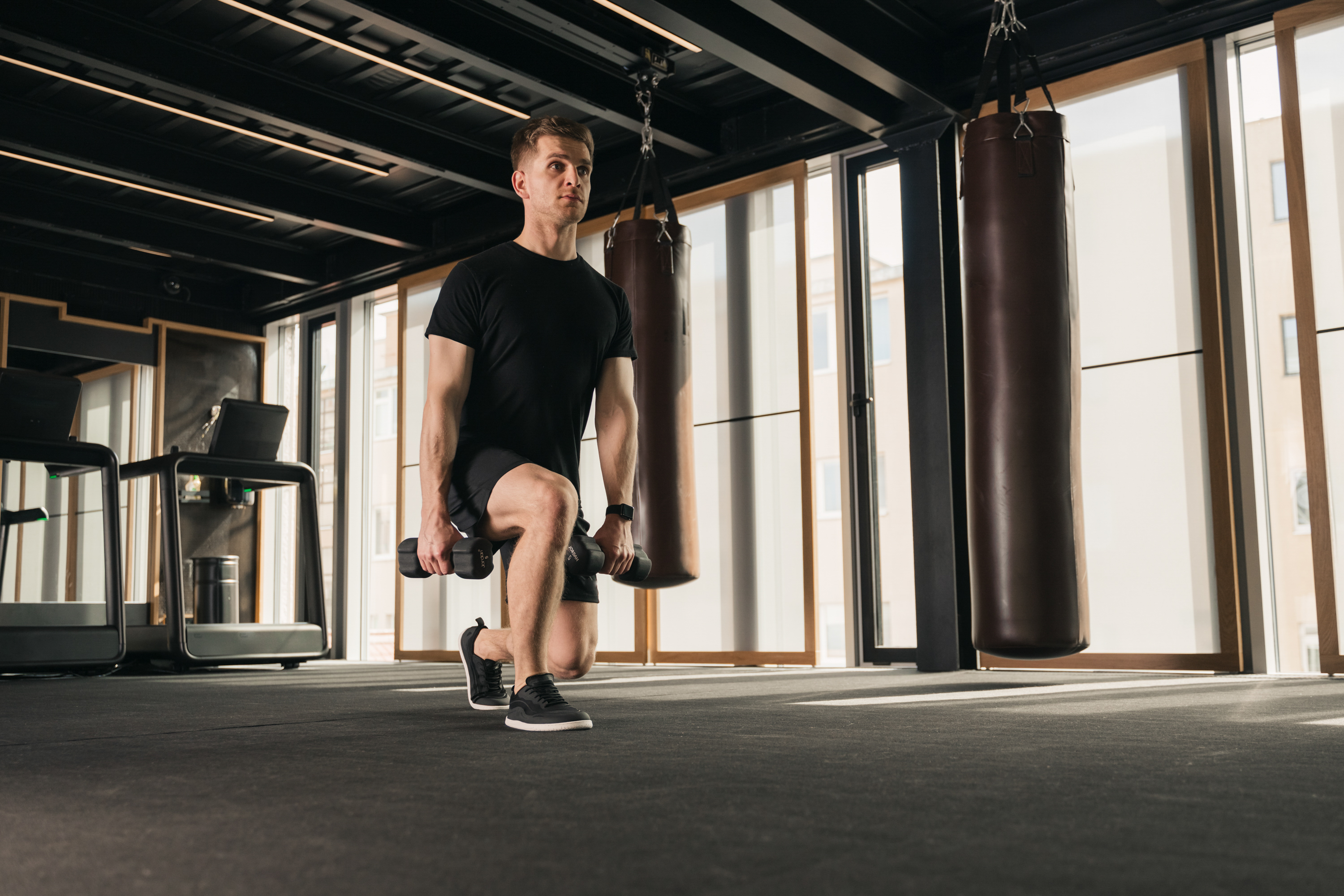
Top reasons to train in barefoot shoes
Barefoot shoes unlock strength, coordination, and awareness you can’t access in conventional footwear. Let’s explore the main benefits:
Healthier and stronger feet
Zero-drop design restores your body’s natural axis, helping muscles engage correctly and preventing heel or toe overload. Over time, your entire lower limb grows stronger and more stable.
Better body posture
Aligned feet mean aligned spine. Barefoot training helps distribute body weight evenly, reducing pressure on knees, hips, and lower back.
Less fatigue, more endurance
With a flexible sole and free toe movement, your foot no longer fights against rigid shoes. That means less strain, fewer cramps, and more energy for longer workouts.
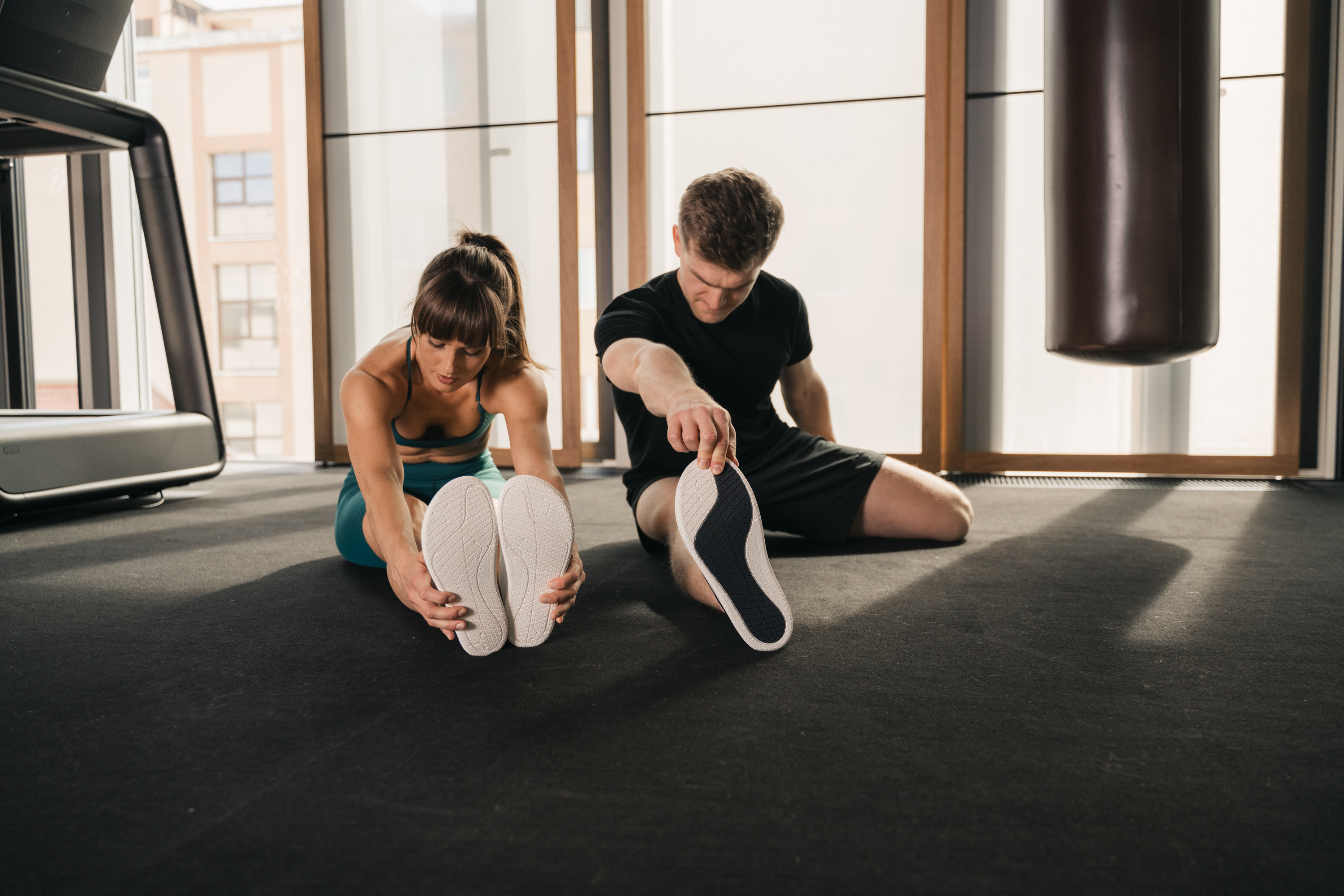
Sharper sensory perception
Thousands of nerve endings in your feet feed real-time data to your brain. Barefoot shoes let those signals through, improving reaction time and surface awareness — essential for dynamic workouts.
Improved proprioception and coordination
Proprioception, your body’s sense of movement in space, becomes sharper when feet feel the ground. That translates into better balance, coordination, and control during every exercise.
Greater ankle mobility and flexibility
Barefoot movement activates stabilizing muscles around the ankle, improving range of motion and preventing long-term stiffness.
Easier breathing and more efficient posture
When your body aligns naturally, the chest opens, lungs expand, and oxygen flows freely. Better breathing equals better performance.
Healthier joints and chain stability
Balanced weight distribution reduces joint wear and tear. In barefoot shoes, knees and hips move more naturally, lowering injury risk over time.
More calories burned
Running or training in barefoot shoes demands active propulsion from your muscles. That extra engagement increases energy output — meaning you burn more calories per session.
Better mood and mindfulness
Feeling the ground enhances body awareness and releases stress. Combined with exercise endorphins, this creates a “double dose” of well-being after each workout.

Be Lenka barefoot shoes for an active lifestyle
Be Lenka’s barefoot sports range brings freedom and precision together in motion. Each pair shares flexible soles, breathable uppers, and lightweight design — but every model fits a slightly different purpose:
- Be Lenka Dash: Ultra-light, breathable textile ideal for hot days and high-intensity training such as CrossFit. The stitched ActiveGrip sole guarantees durability and traction.
- Be Lenka Stride: Sock-style sneakers made from stretch-knit fabric that fits like a second skin. They’re perfect for running, gym workouts, and travel thanks to quick-dry fibers and a minimal look.
- Be Lenka Velocity: A fusion of sporty design and everyday style. With textile, TPU overlays, and metallic foils, Velocity transitions effortlessly from workout to workday while keeping full barefoot comfort.
All models feature removable insoles for easy hygiene, flexible outsoles, and unisex sizing.
ActiveGrip: The secret to barefoot stability
Be Lenka’s ActiveGrip sole sets the standard for performance barefoot shoes. It provides maximum flexibility, stable contact with the ground, and excellent traction indoors and outdoors. The detailed pattern drains water efficiently and enhances proprioception during quick or multidirectional movements — making it the perfect partner for strength training, agility work, and cardio sessions alike.
Precautions when switching to barefoot training
Transition slowly — your feet have spent years constrained by rigid shoes. Begin with 20–30 minutes per session, then add time weekly. Alternate with your old shoes if needed, focus on proper form, and include short foot-strength exercises such as toe spreading or calf stretching.
Be wary of low-quality imitations: genuine barefoot shoes must check every box — wide toe box, zero-drop, thin flexible sole, and natural materials. Once you feel the freedom of movement, your body will adapt and thank you.
Sources
- Hsu, Y.-C., et al. (2024). The effects of foot-core exercises and minimalist footwear on foot muscle size and strength: Randomized controlled trial. Clinical Biomechanics, 110, 105001.
- Gabriel, A., Fuchs, K., & Konrad, A. (2024). Minimalist shoe interventions improve balance and lower-limb function in adults. PLOS ONE, 19(6), e0304640.
- Kimura, H., & Torres, R. (2024). Biomechanical benefits of zero-drop training footwear on posture and movement efficiency. Applied Ergonomics, 118, 105025.
- Di Michele, R., et al. (2025). Footwear choice and locomotor health throughout the life course: A narrative review. Healthcare, 13(5), 527.
Can I run in barefoot shoes immediately?
+ -Start gradually. Alternate between short barefoot runs and regular shoes to give your muscles time to adapt.
Are barefoot sports shoes safe for heavy lifting?
+ -Yes. Their flat, stable base improves ground feel and balance, supporting proper lifting posture.
Do barefoot shoes work for cardio classes?
+ -Absolutely — just ensure a snug fit to avoid sliding during lateral moves.
How do I clean and maintain them?
+ -Remove insoles, air-dry after each workout, and wash gently by hand when needed.
 DE / USD
DE / USD

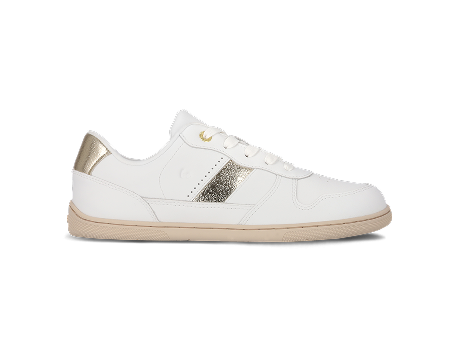

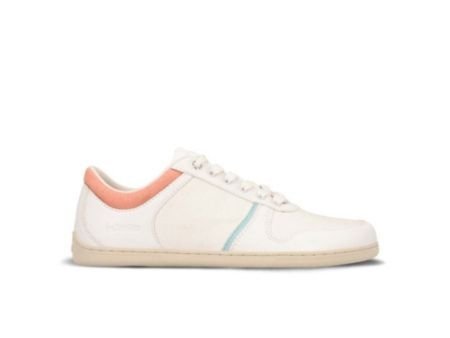
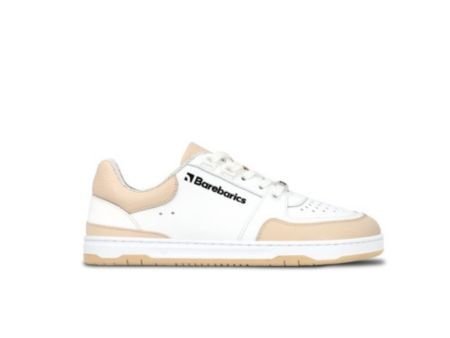

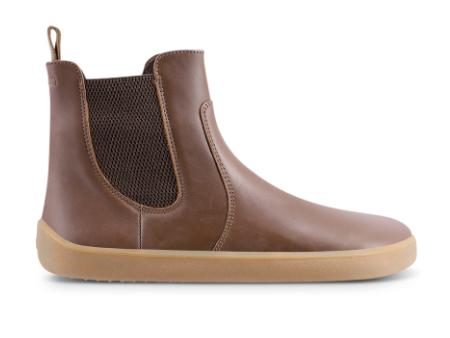


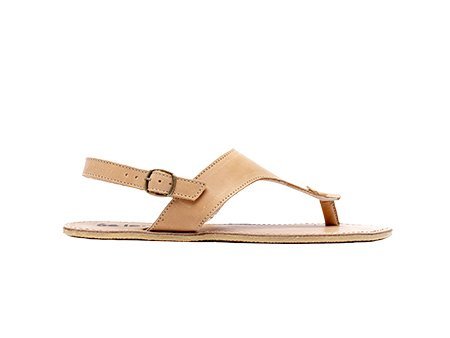
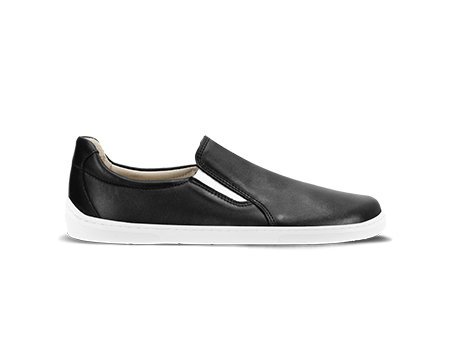

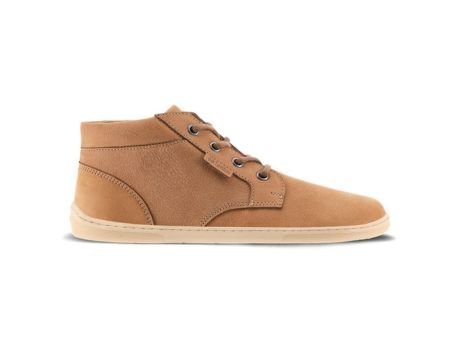

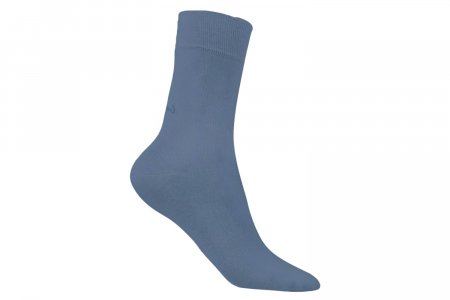
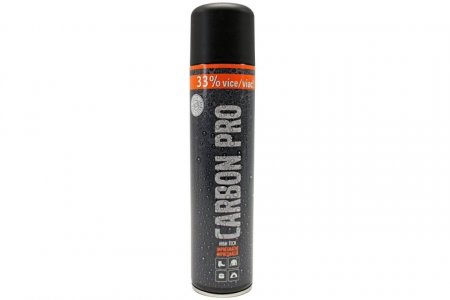
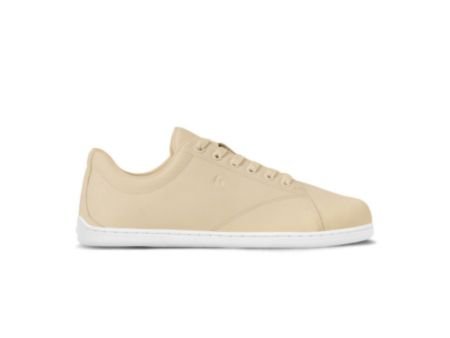
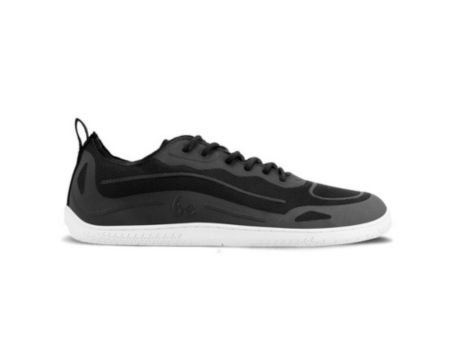
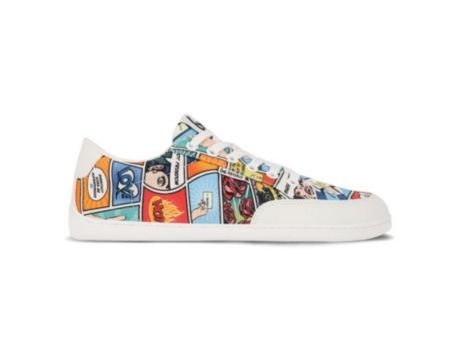

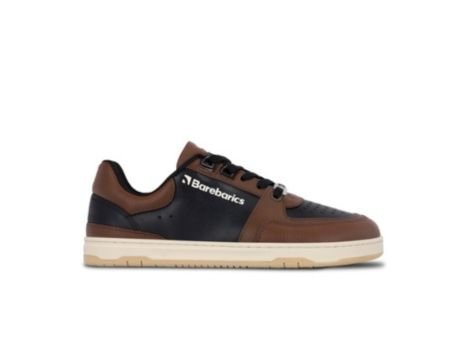


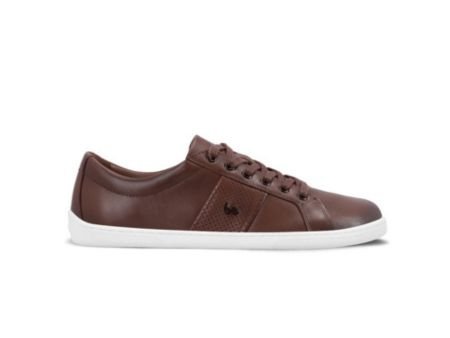
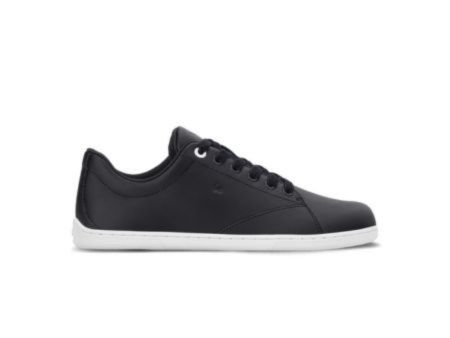
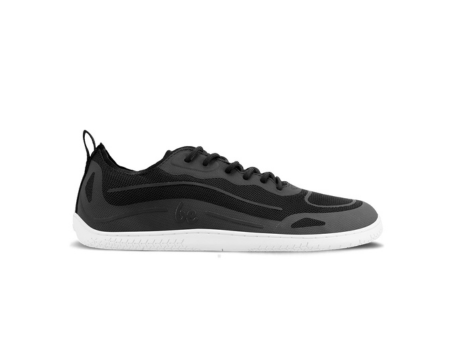

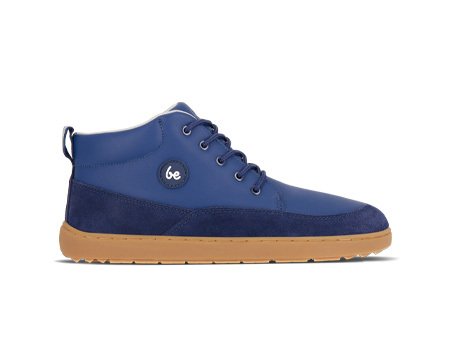

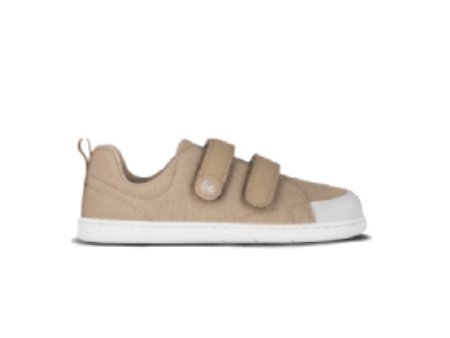

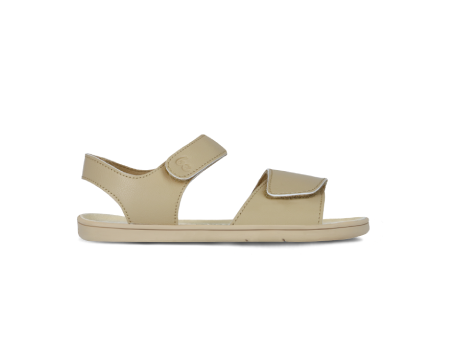
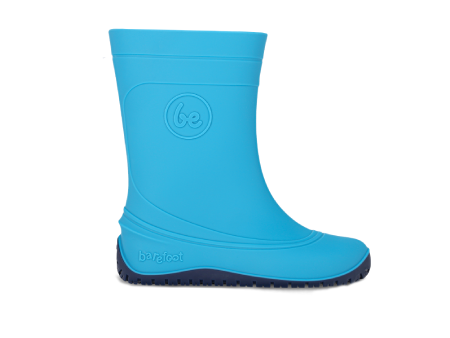
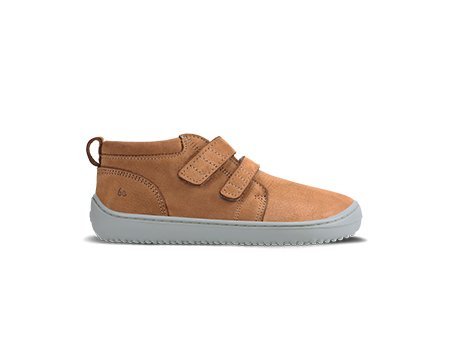
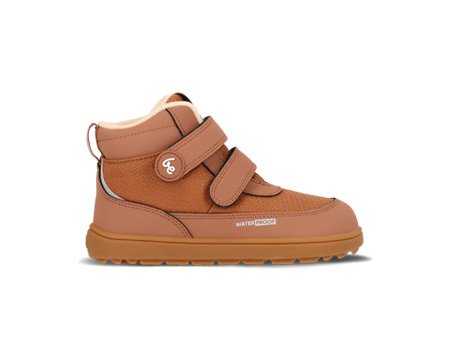
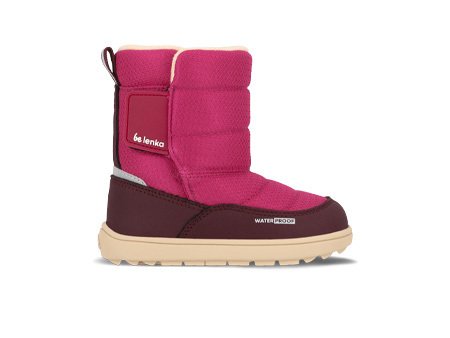

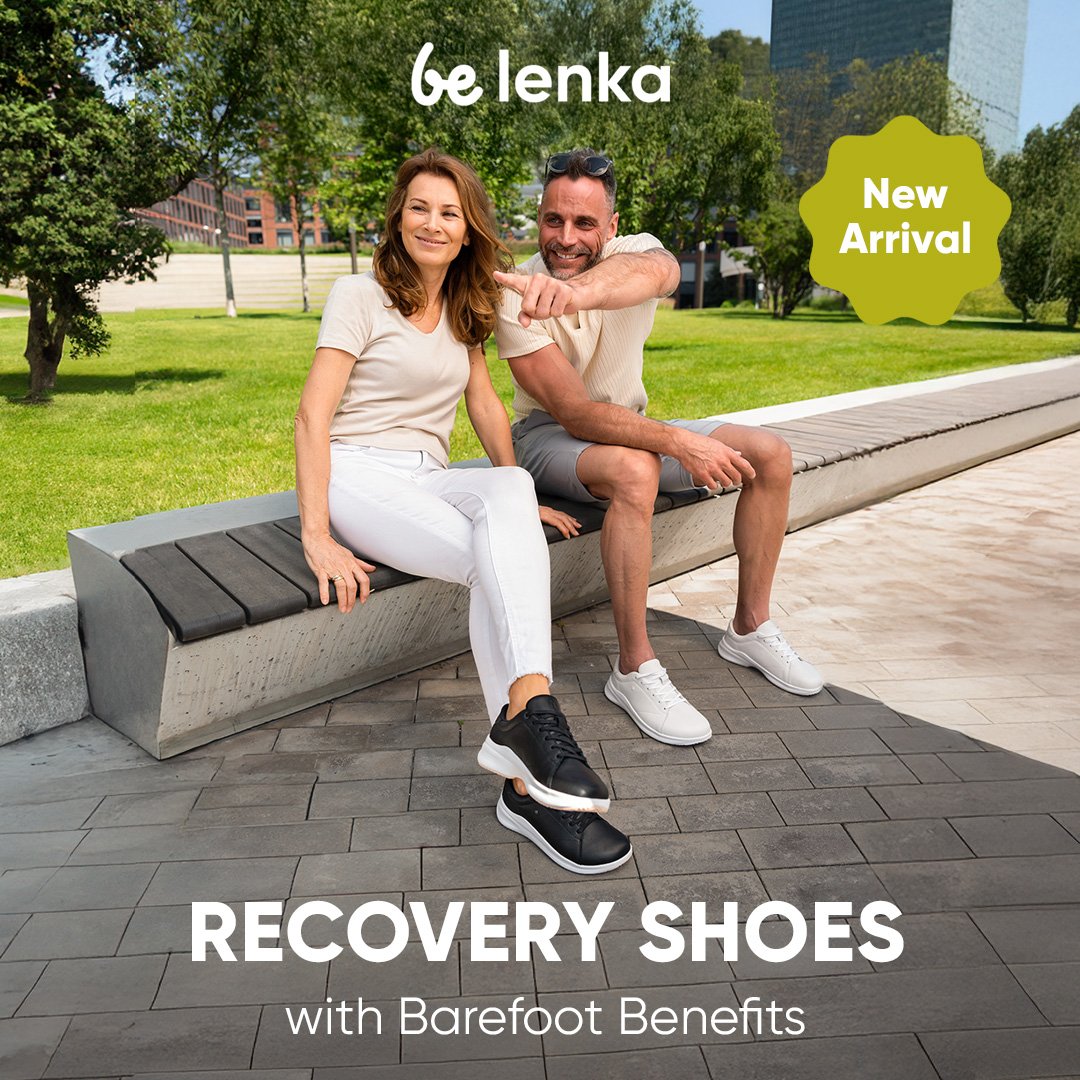
 Be Lenka
Be Lenka


